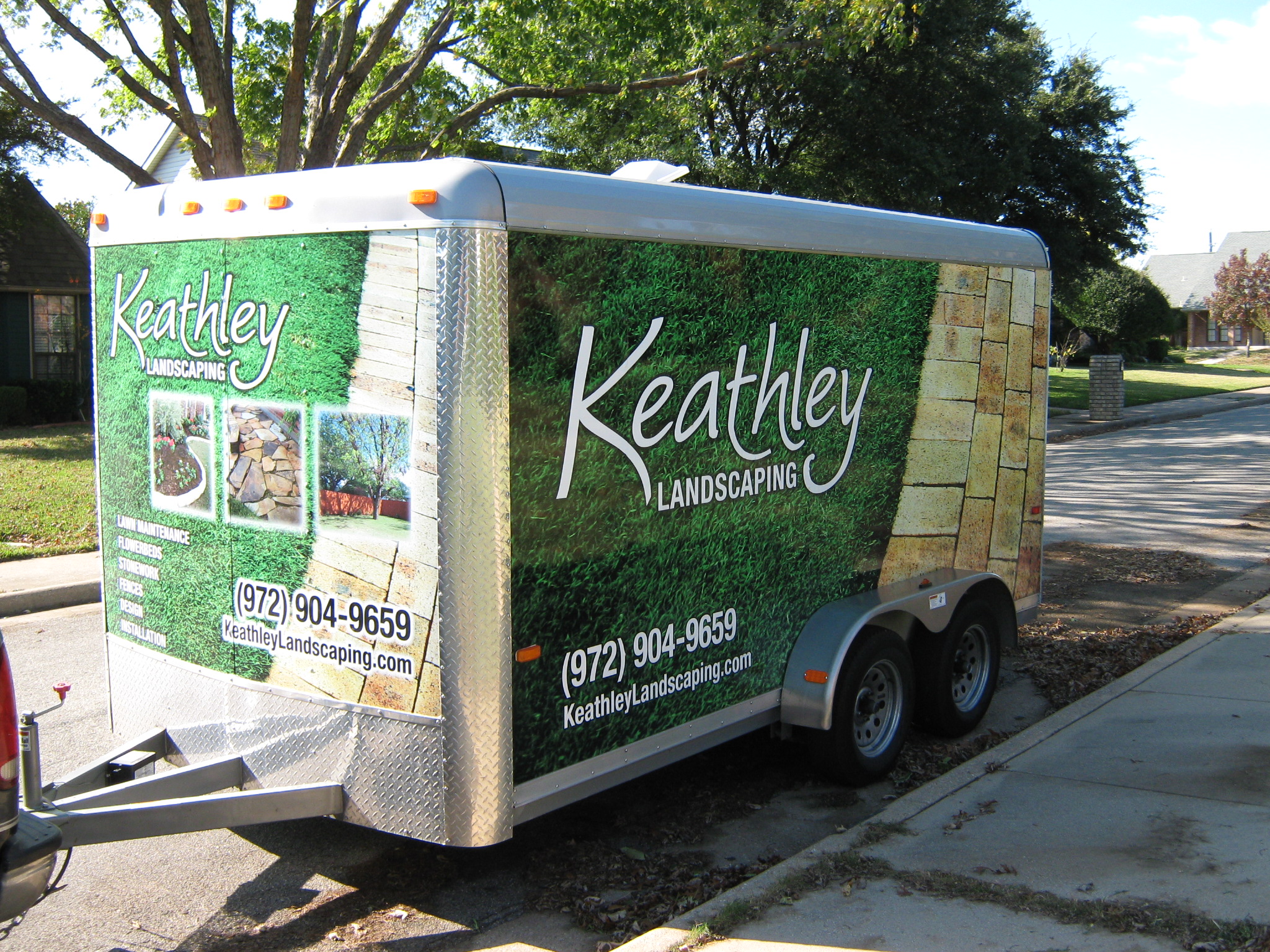Yard Drainage Solutions: How to Handle Heavy Rainfall
Hey there, fellow homeowners! 🌧️ We’ve all been there—waking up to the sound of heavy rain and worrying about the state of our yards. Whether you’re dealing with a soggy lawn or water pooling around your foundation, effective yard drainage solutions can save the day. Let’s dive into how you can handle heavy rainfall without breaking a sweat.
Table of Contents
1. Why Proper Yard Drainage Matters
2. Common Yard Drainage Issues
3. Effective Yard Drainage Solutions
4. DIY vs. Professional Installation
5. Conclusion
6. FAQ
Why Proper Yard Drainage Matters
So, why should you care about yard drainage? 🤔 Proper drainage prevents water from damaging your home’s foundation, eroding soil, and creating a breeding ground for pests. Essentially, it keeps your outdoor space safe and beautiful, while also preserving the integrity of your home.
Common Yard Drainage Issues
Before we jump into solutions, let’s identify the common drainage problems you might face:
Puddling: Water collects in low spots, causing soggy patches that can kill grass and plants.
Runoff: Excessive rainwater flows over your yard, potentially leading to soil erosion.
Foundation Leaks: Poor drainage can lead to water seeping into your basement or crawl space.
Effective Yard Drainage Solutions
Now that we’ve covered the issues, let’s explore some practical solutions. 💡
1. French Drains
A classic solution, French drains are trenches filled with gravel and a perforated pipe that redirects water away from problem areas. They’re perfect for dealing with excess surface water.
2. Rain Gardens
Want a solution that’s both functional and beautiful? 🌺 Consider a rain garden—a planted depression that absorbs runoff while enhancing your landscape’s aesthetic appeal.
3. Dry Creek Beds
These mimic natural waterways and guide water away from your home. They’re not only effective but add a rustic charm to your yard.
4. Downspout Extensions
Simple yet effective, these extensions ensure that rainwater from your gutters is directed far away from your foundation.
DIY vs. Professional Installation
Deciding between a DIY project or calling in the pros? Here’s a quick guide:
DIY: Great for simple tasks like installing downspout extensions or creating small rain gardens. It’s cost-effective and satisfying if you love hands-on work.
Professional: For complex systems like French drains or if your yard has significant drainage issues, hiring an expert ensures the job is done right the first time.
Conclusion
Handling heavy rainfall doesn’t have to be a daunting task. By understanding your yard’s unique needs and implementing the right solutions, you can keep your outdoor space dry and beautiful no matter the weather. 🌦️ Whether you go the DIY route or hire a professional, addressing drainage issues will save you headaches and potential costly repairs in the future.
FAQ
1. How do I know if my yard has a drainage problem?
Look for signs like persistent puddles, soggy patches, or water pooling around your home’s foundation.
2. Can I install a French drain myself?
Yes, if you’re comfortable with digging and basic plumbing. However, for extensive systems, a professional may be more efficient.
3. What plants are best for a rain garden?
Native plants that thrive in your local climate and can handle both wet and dry conditions are ideal for rain gardens.
4. How can I prevent soil erosion in my yard?
Consider solutions like dry creek beds, terracing, or planting ground cover plants to stabilize the soil.
5. Are downspout extensions expensive?
They’re generally affordable and can be a quick fix for minor drainage issues.
Remember, a well-drained yard is a happy yard! Happy gardening! 🌿






































Recent Comments